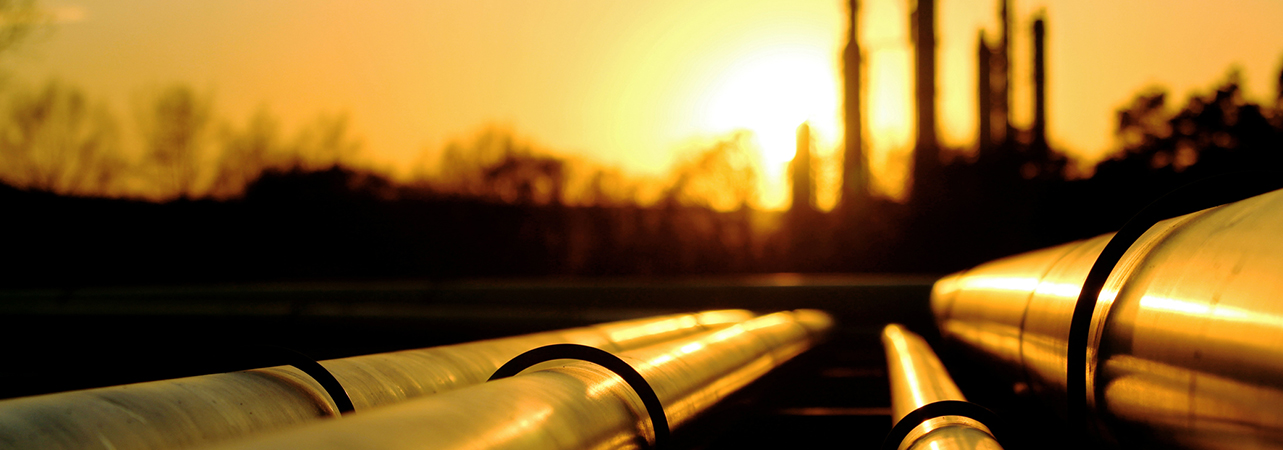It’s been a bumper time for commodities, but there are question marks over whether commodities can sustain their current pace of growth.
- Energy, agricultural and energy transition-related commodities have all seen significant price rises in 2022
- The Ukraine crisis has taken further supply out of energy and agricultural commodities markets at a time when supply had already been held back by the pandemic
- From here, investors should focus on commodities with structural as well as cyclical drivers
By any measure, it has been an astonishing year for commodities. Crude oil is up 65%, natural gas is up 129%, coal is up 206%. None of them can match the performance of lithium, up an astonishing 436%. Agricultural commodities are up anywhere from 47% (coffee), to 58% (wheat) to 69% (cotton). Investors with FOMO may be wondering whether they’ve missed the boat.
Commodities are usually seen as a cyclical investment. They do well when economic demand is high and supply struggles to catch up. As such, their strength often coincides with periods of economic growth and inflation. As such, the recent economic weakness would be cause for concern. Many Western economies are seeing sharply decelerating growth.
Today, there are other factors at play across the commodities complex. The war in Ukraine is the obvious factor. It takes further supply out of energy and agricultural commodities markets at a time when supply had already been held back by the pandemic. For as long as the crisis endures, prices for certain commodity prices will have significant support.
However, there is a broader question as to whether they can move significantly higher. In the oil market, there is the potential for more supply to come on stream, while some re-engineering of supply lines may shift the dynamics in the gas market as well. Even though the crisis in Ukraine looks set to be prolonged, its effects on the energy market may start to diminish.
Agricultural commodities appear to have more structural drivers in place. The Ukraine crisis has created a shortage of fertiliser, which is likely to reduce yields over the next few years. Farmers were already seeing lower yields as a result of climate change. It is difficult to see how this situation resolves in the short-term, which is likely to push agricultural prices higher.
Equally, in the commodities markets related to the energy transition – copper, lithium, nickel, rare earths – there are structural rather than cyclical elements at play. Demand is likely to remain in place as governments push through green infrastructure building. This is a necessity for energy security and to reverse global warming, and is therefore relatively insensitive to economic growth. As such, it’s possible to see more growth ahead for these areas.
There may still be further growth possible in the commodities markets, but investors need to look to areas with structural as well as cyclical drivers. The energy markets may be at or near their peak, while agricultural and energy transition commodities are driven by longer-term structural changes. These are likely to be the most fertile hunting grounds for investors.









